Notre Dame aced the projected toughest test of 2024 in College Station, shutting down the Aggies offense and creating the explosive plays to decide a defensive battle. Al Golden’s defense put on a masterclass, shutting down explosive plays and forcing Conner Weigman and the unproven A&M skill talent to sustain long drives to score. Riley Leonard and the Irish offense struggled to find efficiency on the ground or through the air, but avoided costly mistakes and ended up far ahead of Mike Elko’s team in both yards per dropback and yards per carry thanks to chunk plays.

Stats from a few excellent sources – College Football Data, Game On Paper, and often referencing SP+ and FEI metrics. If you get lost, check out this handy advanced stats glossary here or reach out in the comments.
The ND defense slowly suffocated A&M by taking away explosive plays
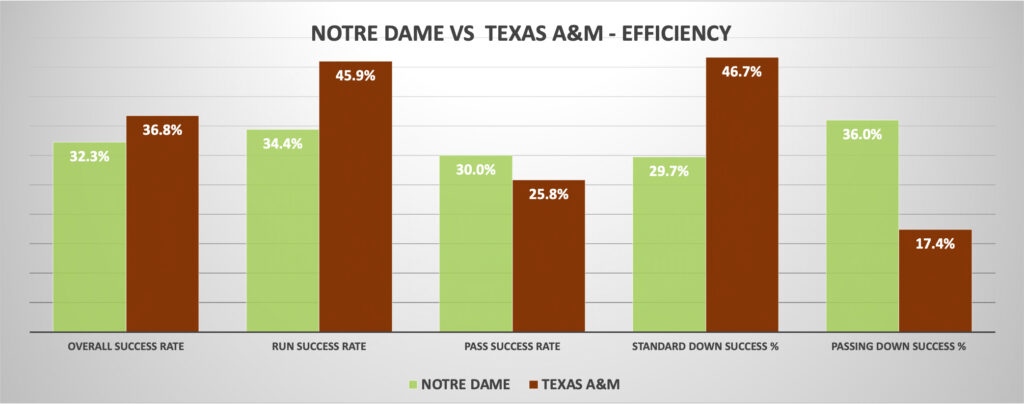
Success rates are really important over the course of a long season. It’s hard to win consistently if you’re losing the efficiency battle and relying on explosive plays. But on a game-to-game basis, explosiveness is critical. And it was that big-play ability that separated Notre Dame from A&M in a defensive battle where neither offense could string many long possessions together.
The first half numbers were even worse than the final tally above – the Aggies had a whopping 44% – 23% success rate edge. But since Collin Klein’s offense couldn’t manufacture any big plays, the Irish were still ahead in yards per play 4.2 – 3.7 (and +2 in turnover margin).
Al Golden’s defense essentially dared the A&M offense to beat them a few yards at a time – in the first half Leveon Moss and the rushing game had a 62.5% success rate! But these were still all short and medium runs (4.38 yards per carry in the first half). After some early passing success you could also see Conner Weigman (and soon, the Aggies playcalling) lose confidence after the two second quarter interceptions. Things started to snowball as the Irish clamped down more on the running game and were exceptional as expected on obvious passing downs (when not jumping offsides).

Weigman’s second half advanced box score: 3 successful plays on 13 dropbacks (including zero in the 4th quarter), 2.46 yards per play. On passing downs for the game (2nd and 8+ yards, 3rd and 6+ yards) Weigman averaged 1.85 yards per attempt. Once the Aggies were behind the chains there was blood in the water and very little A&M could do to keep possessions going.
And really, moving forward the Notre Dame defense just needs to avoid some of the costly penalties that helped every Texas A&M scoring drive. The first drive of the game (ending in a field goal) included two offsides penalties that took the Aggies from passing downs where they struggled to far easier conversion chances. The next scoring drive (field goal #2) featured another offsides jump and questionable defensive pass interference on the same play – a pass probably not thrown without a free play. The lone Aggie touchdown drive featured a Howard Cross personal foul to take a 3rd and 6 at the Irish 36 yards line to a 1st and 10 the Irish 21.
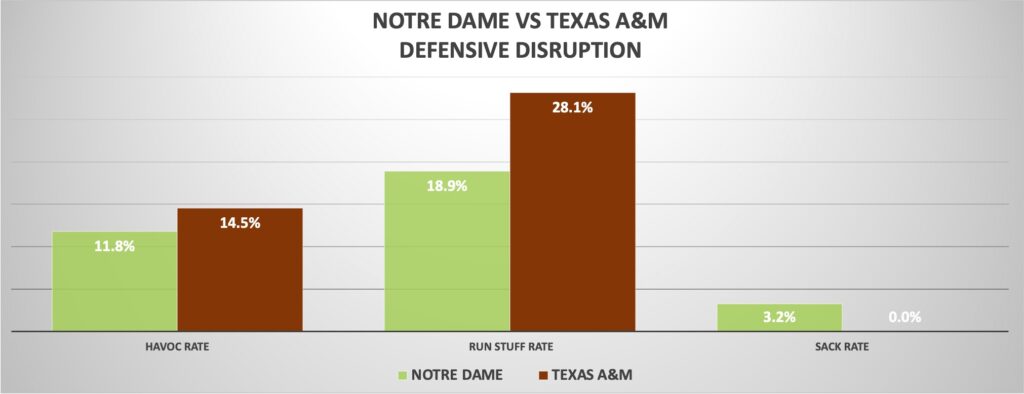
These are all small concerns in the big picture, as is the lack of overall havoc in this game for the Irish defense. This lack of disruption didn’t factor in with Notre Dame preventing big plays (a long play allowed of just 18 yards) and should fix itself against lesser competition (and at home).
Mike Denbrock guides the Irish offense to find a way

Before this game the popular analysis of this game boiled down to something like “two good defenses, only 6 starts for the Irish offensive line, gotta go Aggies at home”. There were a few fatal flaws in this logic. First, it acted like the “good” defenses were created equal when one has a chance to truly be elite (and yes this was evident even before the game). Second, it took the worst-case outcome for Anthonie Knapp and the ND OL as a given versus something that could be mitigated, better than expected, or both.
And in the end it was Mike Denbrock and the offensive line that unlocked the big plays that shaped this outcome, playing some perfect complementary football with the lockdown defensive effort. Efficient offense felt like a high bar to meet in this environment and a new offensive line, and it was a struggle to stay on schedule in the first half (nearly a 50/50 split of standard downs and passing downs). With some adjustments in the second half, the offense’s success rate rose to a very respectable 46% (national average is a bit above 40%).
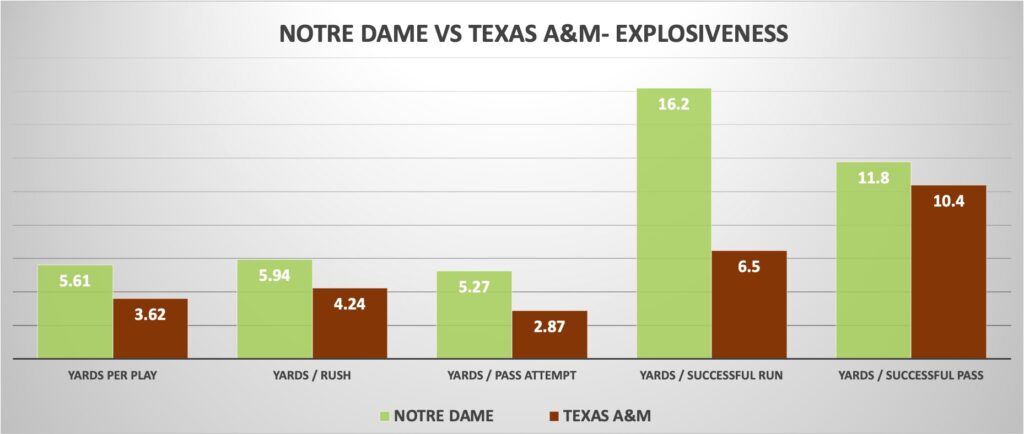
Even with that surge in efficiency, this +2.0 advantage in yards per play was fueled by the explosive runs of Jadarian Price and Jeremiyah Love. Despite some early inconsistency, the passing game chipped in enough clutch conversions to push drives further – notably Beaux Collins late sideline grab. Riley Leonard couldn’t break a long run of his own, but steadily moved the ball. Six of his 11 rushes were successful and all went for at least 7 yards (total average of 5.6 yards per carry).
PFF has Jadarian Price and Jeremiyah Love down for 16 missed tackles forced on their 22 carries, and they combined for 135 yards, two touchdowns, and 6.1 yards per carry. Speed, elusiveness, and power. What you want. pic.twitter.com/t3XiZeavkL
— Greg Flammang (@greg2126) September 1, 2024
Given some of the early struggles, a lot of eyes will be on the offense over the next few weeks. How much do they need and tap into Leonard’s legs before Louisville? Will the next three games see Denbrock looking to establish more of a downfield passing attack after smartly relying on the quick game (2.18 seconds average time before throw, a record level of quickness per Pete Sampson’s recap ($). Will the receiving rotation go deeper or continue to evolve?
Collins seems to have solidified a prominent role, leading the receiving room in snaps and targets. He had just two successful plays on his seven targets, but many “productive failures” with 10+ yard gains with Notre Dame behind the chains. Jaden Greathouse caught each of his three targets and seems to have a firm grip on most snaps from the slot (especially now with Jordan Faison out a couple weeks).
The interesting competition will be between Kris Mitchell, Jayden Thomas, and other emerging names (Micah Gilbert and KK Smith were mentioned as seeing more time this weekend). Will WR targets continue to be spread out as they were in 2023, or will Collins and Greathouse take most of the volume and build a connection with Leonard?
Came away from the all-22 of the Notre Dame/Texas A&M game more impressed by Riley Leonard’s performance than I thought I’d be.
He did an admirable job of operating a (new) offense on the road. Here are some plays of Leonard’s pre-snap operation, pocket movement and use of eyes. pic.twitter.com/ynI9ctu09g
— Nate Tice (@Nate_Tice) September 3, 2024
The tight end situation will also be worth monitoring, as Mitchell Evans was on a clear pitch count in his continued recovery and Cooper Flanagan saw the majority of the remaining snaps over Eli Raridon. Will Evans ramp up from here, or will the staff rest him more? It’s also a reminder that in the Freeman era there’s been a lot of inconsistency with public comments and player readiness returning from injury (Benjamin Morrison – truly good to go! Evans – not so much!).
A mixed bag of turnover luck, penalties, field position, and decision making
One lingering concern about Marcus Freeman entering the year was his 4th down decision making and analytics savvy (based on 2023 decisions, and not helped by his Pardon My Take appearance). But in this game, whether it was with new hire from PFF Anthony Treash’s influence, or simply a pre-game plan to be aggressive, Freeman made winning decisions over Mike Elko.
Both of the 4th down attempts on the first possession of the 3rd quarter were the rights moves, adding 3.5% of win probability on the first attempt and 1.2% on the second. These were scary decisions that swing the expected win percentage nearly 15% based on success or failure, but Leonard’s ability to convert these at a high rate has to outweigh the fear of failure and criticism. It’s very early, but this potential shift in analytical savviness could be a “Happy learned how to putt” moment for Freeman.

In contrast, above you see Elko’s late-game dilemma where he ultimately punted on 4th and very short before the final Irish touchdown. Ultimately I understand Elko not wanting to take on such a high-stakes aggressive decision in his debut for many off-field reasons (the low probability, high-risk downside of making an Aggie fanbase furious in your debut). But it was a decision that backfired and ultimately put his offense and reeling QB in a tough situation late in the 4th quarter.

Notre Dame benefitted from some turnover luck on paper, playing a very clean game overall but picking off more Weigman passes than expected. Beyond turnovers, a lot of the hidden variables in this game nearly cancelled each other out. Notre Dame technically won the field position battle thanks to turnovers and the late failed A&M 4th down conversion. But the punting units had a clunky debut, losing 10 yards each time punts were exchanged (average net punt: ND 39.2 yards, A&M 49.2).
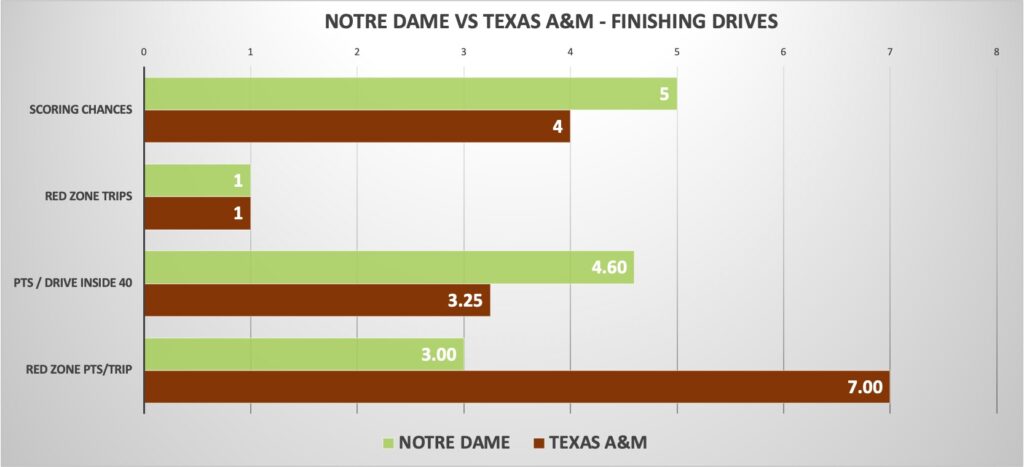
Notre Dame created more scoring chances and were more efficient with them than the Aggies, who had two drives stall out for field goals and another end in zero points after a failed 4th down conversion in no man’s land (4th and 8 at the ND 37). Each team had just one red zone trip – a positive for the Irish, who scored two touchdowns from outside the red zone, and a negative for A&M.


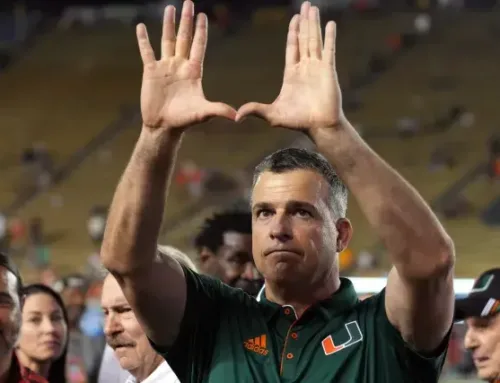
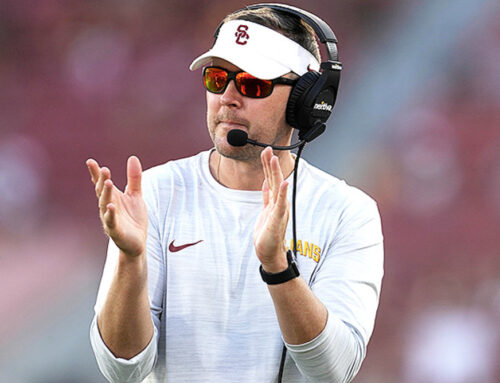
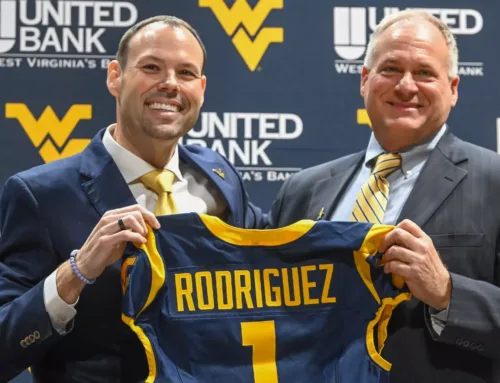
I checked the stats after the game, Price’s TD run alone was longer than any drive other than A&M’s opening field goal drive. Then the two long TD drives. Neither team could manufacture much.
It also certainly didn’t feel we were 2 YPP better than them.
Weigman certainly played himself out of being QB1 in the draft. 8 games over three years really showed. I was surprised that they couldn’t design a better game plan for him. I am wondering if Klein’s offense needs a true dual threat QB not just an above average mobility pro-style QB.
That might totally be true WRT klein, but that’s a brutally tough “welcome back game” for a QB regardless of talent + a new OC.
Their game plan was pretty similar to NDs, I just think they missed more execution coupled with going against our defense.
I’ll give klein and weigman the benefit of the doubt for now and give a lot of stock the talent of NDs defense. Maybe that narrative will change after a few weeks: is TAMU still anemic on offense in regular SEC play, or is that a reasonable offense that ran into a buzz saw?
It could also be a tommy Rees offense where klein needs a few more weeks to figure out his season identity
Yeah, I’m very intrigued by where Weigman’s season goes. I know his numbers were terrible game 1, but the #1 pick in the draft threw 3 INTs and averaged 5.4 YPA against this defense last year. And that was 7 games into the season, not the first game back from injury.
Yea exactly can’t really take anything away from how good Weigman is or will be from playing against this ND defense after what we did to the #1 overall pick last year.
Most of Weigman’s hype is due to his measurables and potential. His aggragate stats are misleading. In 2023 he was:
69%, 8 TDs, 2 INTs (in a bit over 3 games), which sounds pretty good.
But that comes from going:
83%, 6 TDs, 0 INTs against (very bad) Group of 5 teams, and
58%, 2 TDs, 2 INTs againt Power 5.
I think a large part of the reason the YPP doesn’t feel like we were that much better was that we gifted them a LOT of KEY penalty yardage.
Not like offsides on 3rd and 13 where it would still be 3rd and long, but turning 3rd and 7 (Good luck Wegman) into a manageable 3rd and 2. Or the Cross hands to the face to set up their TD. If that happens on their 20 instead of on our side of the field, defense could probably recover.